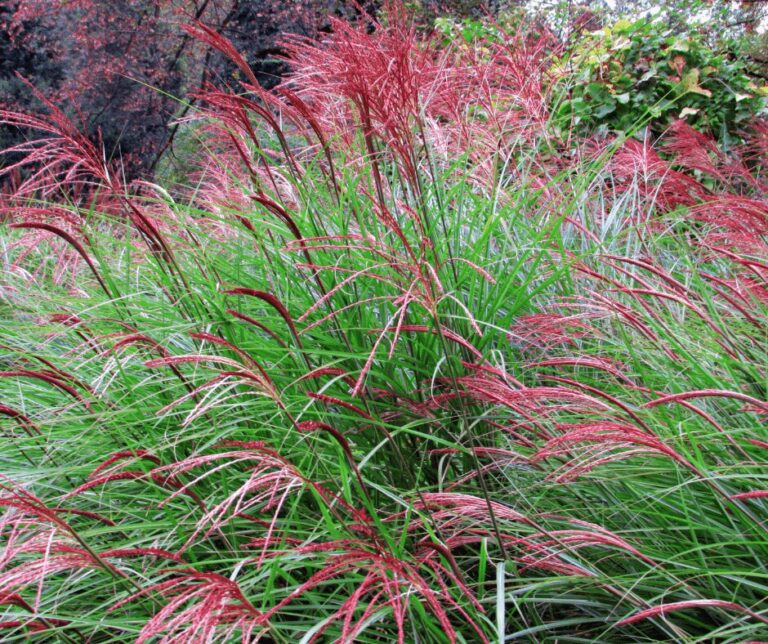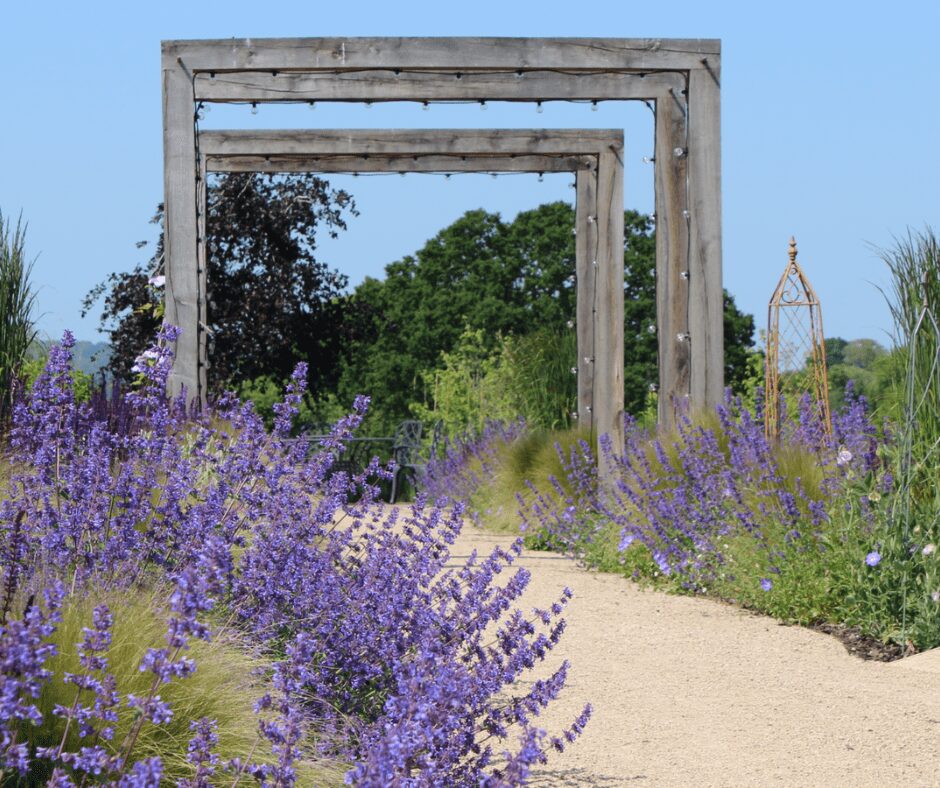With summer well on its way, you might be exploring which plants would offer a stunning display while simultaneously tolerating the full sun and frequent dry conditions we are seeing so far this year. In this blog, I’ll be sharing 10 of the best plants to buy and plant now for the current season and climate in the UK.
1. Lavender angustifolia
Where would we be without this English country garden classic? Drought tolerant and loving a hot sunny spot, this long-lived plant is a favourite of humans and bees alike! Easy to grow and offering a delightful display as well as scent. This particular variety is the old English lavender, which is hardier than the European varieties for our UK climate. Lavender prefers free-draining soil, so if you have clay, pop them in a raised bed with good drainage. That also means you don’t have to bend down quite as far to smell the scent!
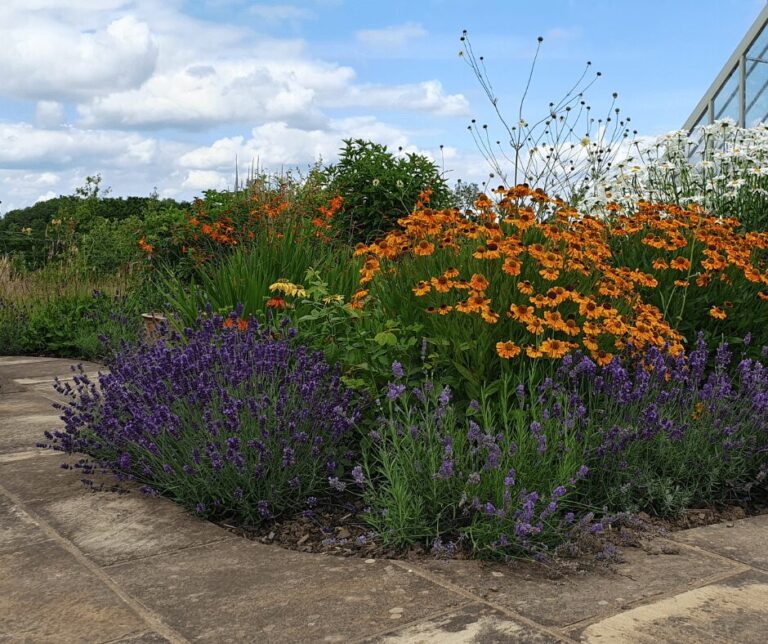
2. Stipa tenuissima (Mexican feather grass)
A heat-loving textural addition originating in the Americas. It will tolerate being cut back in spring, before popping back up to give you a delightful soft aspect to your planting and looks lovely moving in the wind. It will begin as a gentle silvery green before turning buff coloured in Autumn. It’s also not prone to pests or diseases and needs little attention, so is ideal for a low-maintenance garden!
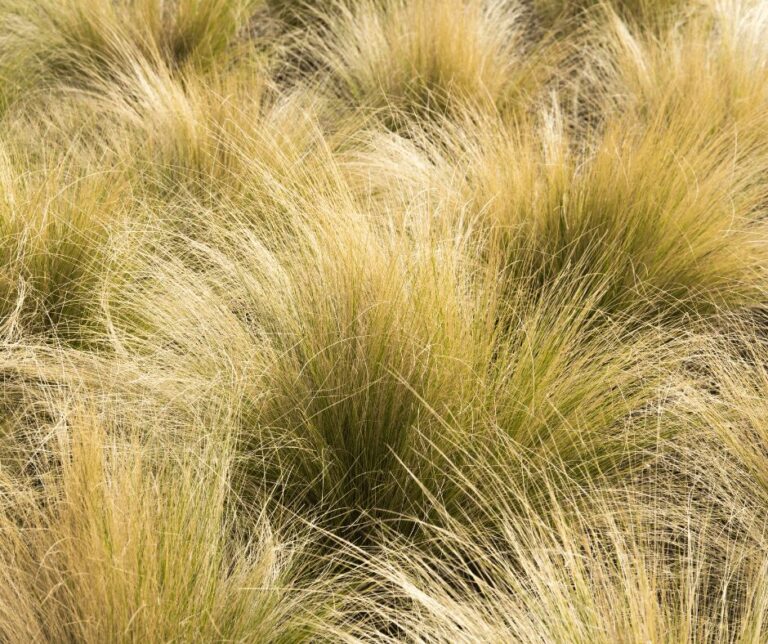
3. Salvia (most popular cultivar – ‘Blue Spire’)
This plant will give off a heavy scent from the leaves, while the late Summer flowers offer a delightful display of height and colour into the Autumn. It pairs very well with Stipa tenuissima above and is a hardy plant which will take a trim in Spring before popping back up. The bare stems offer Winter interest to the garden.
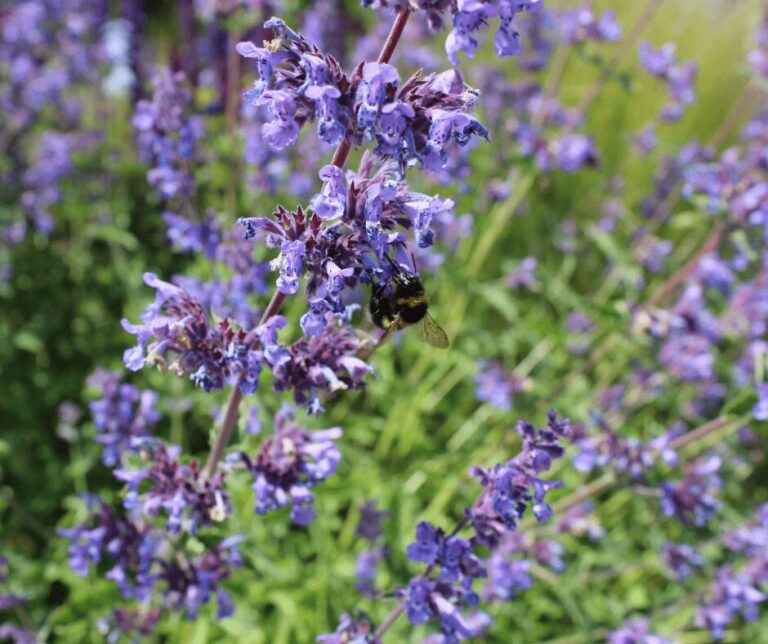
4. Zinnia
An easy-to-grow annual which generously punctuates the border with a selection of bright, fiery coloured flowers, ideal for cutting. You can seed them directly into the raked border after the last frost, as they aren’t fans of being transplanted. Another plant which originates from the Americas, Zinnia will attract plenty of butterflies so is ideal for you if you’re trying to encourage more wildlife into your garden.
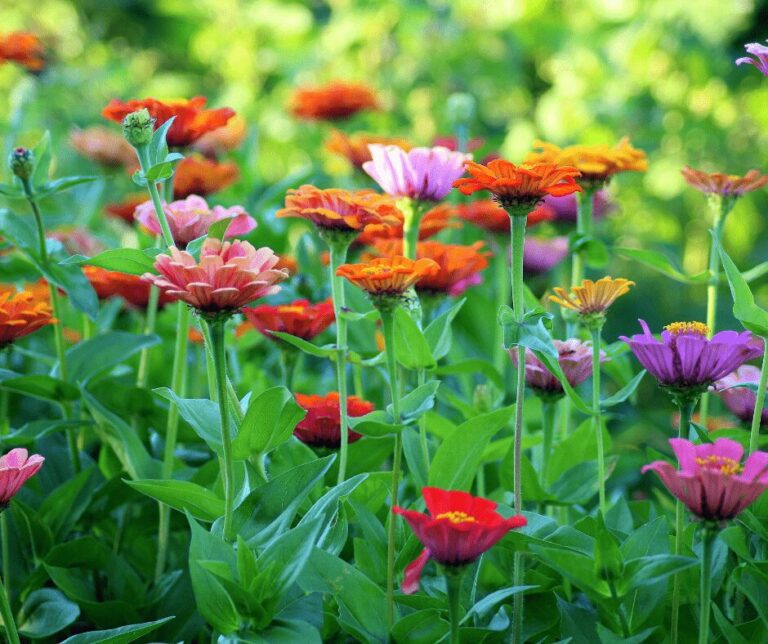
5. Buddleia
Talking of encouraging more wildlife to your garden, Buddleia is the perfect plant for attracting pollinators! It seems to self-seed pretty much everywhere, from cracks in walls to chimneypots, railway sidings and the sides of motorways. However, you might be unlucky and by some miracle have not had a buddleia appear out of nowhere in your garden, in which case you’ll need to purchase one. Be warned, they do grow very large in a short space of time so are best pruned heavily in February! Coming in a variety of colours, you might be most familiar with the purple buddleia but there are also pink, yellow and white varieties – and even one with globular yellow flowers - so you can go with whatever suits your planting best.
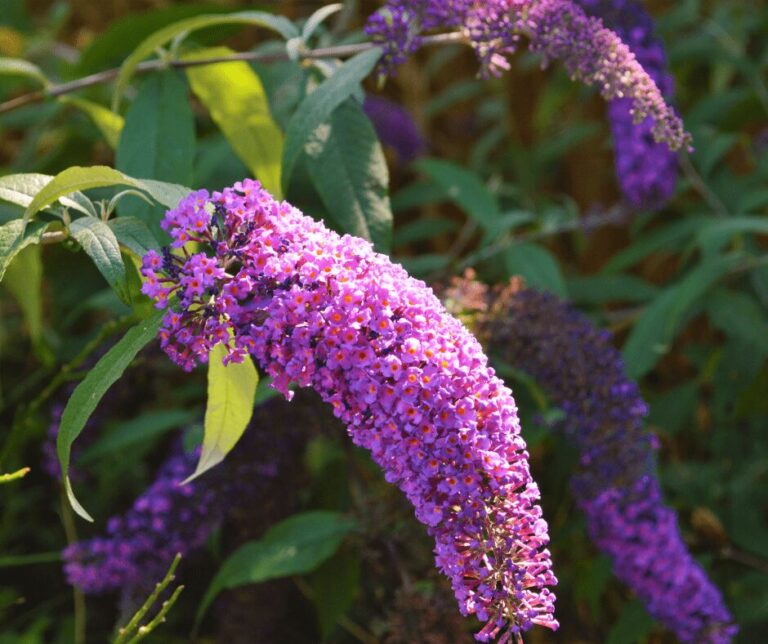
6. Coneflower
Another plant originating from the Americas, is best known as echinacea, which is the same plant that the immune-boosting supplement is created from! It is a delightful perennial, attractive for pollinators, and tolerant of full sun and partial shade at a push. It will flower more profusely if you cut back any faded flower heads and it gives a vibrant pop to the border. It is also a favourite among pollinators.
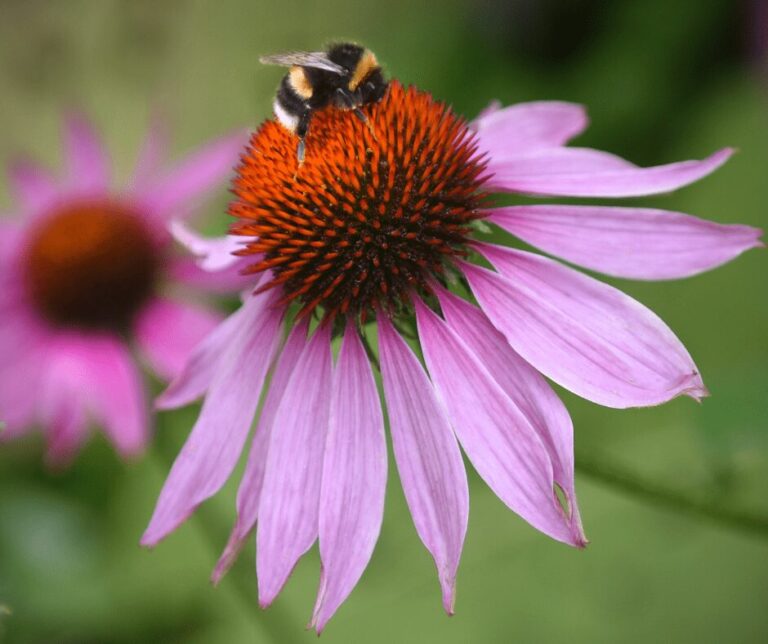
7. Ceratostigma willmottianum
Also known as shrubby plumbago, it is a beautiful deciduous shrub. Its slender, bristly stems are a vibrant mid-green, complementing its green leaves with their distinctive purple edges. In Autumn, these leaves transform into a brilliant red, adding an additional welcome burst of colour before bringing with it another colour surprise when it comes alive with striking cobalt-blue flowers, long after other flowers have faded. For best results, plant it at the front of a sunny, sheltered border. It thrives in light, sandy, well-drained soil. In spring, simply cut back any dead flowers to encourage new growth.
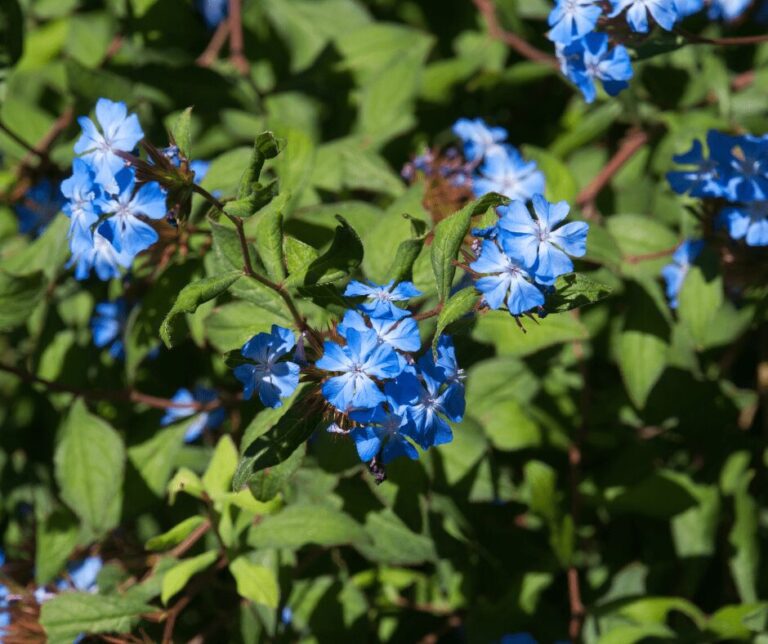
8. Roses
An eternal favourite and also love the clay soil that we have here in Worcestershire. Thriving in hot sunny spots, the range of colour and form is immense. Once well established, they may only require watering in very hot summer; otherwise, they do quite well left alone (save for a couple of good feeds per year.) They need pruning annually; but with regular deadheading you can expect blooms from Summer to Autumn, depending on the cultivar. However, don’t deadhead every flower – rose hips provide valuable food for birds throughout the colder months.
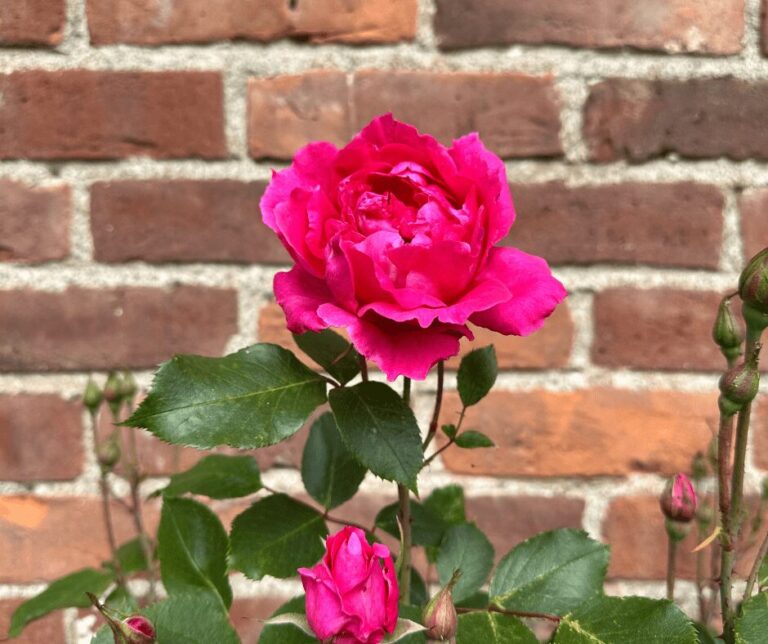
9. Passiflora
An exotic addition to the garden; but if you like unusual looking plants, they could be right for you. They’ll appreciate a sheltered sunny spot and enjoy most soil types. A climber native to the Brazilian rainforest, they will provide a profligacy of blooms all through Summer. If you’re feeling extremely adventurous, you could try your hand at growing the edible cultivar which produces passion fruit – Passiflora edulis – however this will require a conservatory or greenhouse.
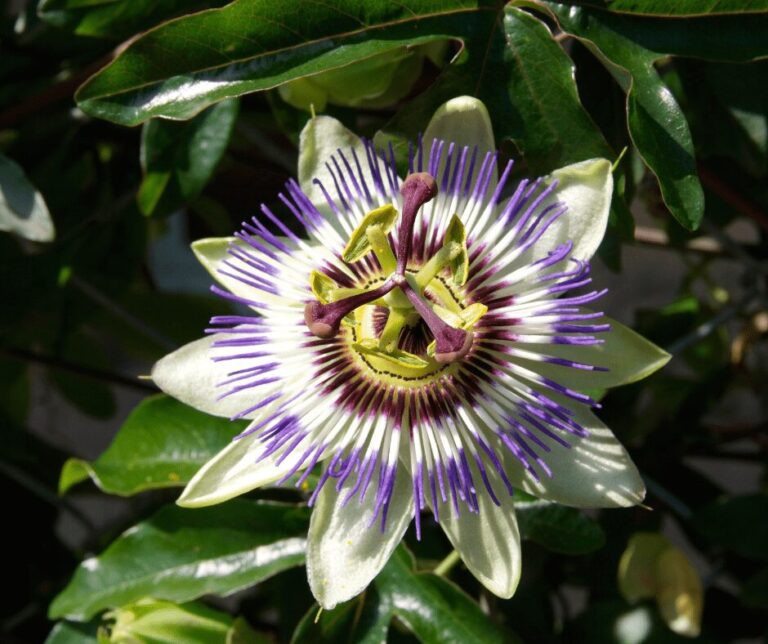
10. Miscanthus (Elephant Grass)
A family of grasses that come in a wide range of heights and colours, offering a brilliant textural addition and visual interest to any garden. The foliage springs up in early Summer, before flowering in late Summer and subsequently changing colour to a delightful tan in Autumn – offering a changing display through the seasons. Cultivars range from 2ft to 6ft in height, providing options for any garden. Miscanthus sinensis ‘Flamingo’ is a favourite of mine, with feathery pink flowers in Summer which turn silvery in Autumn, and foliage which changes from green to golden brown. It will thrive in most conditions including clay soil and a sunny position.
